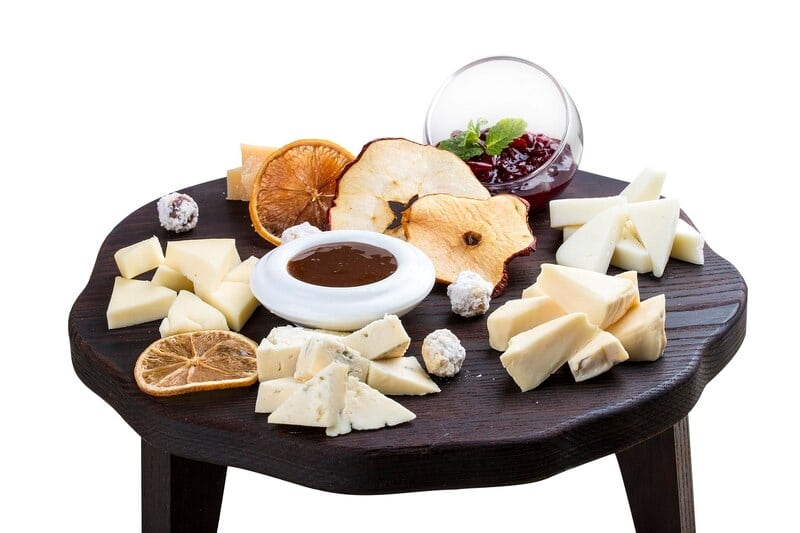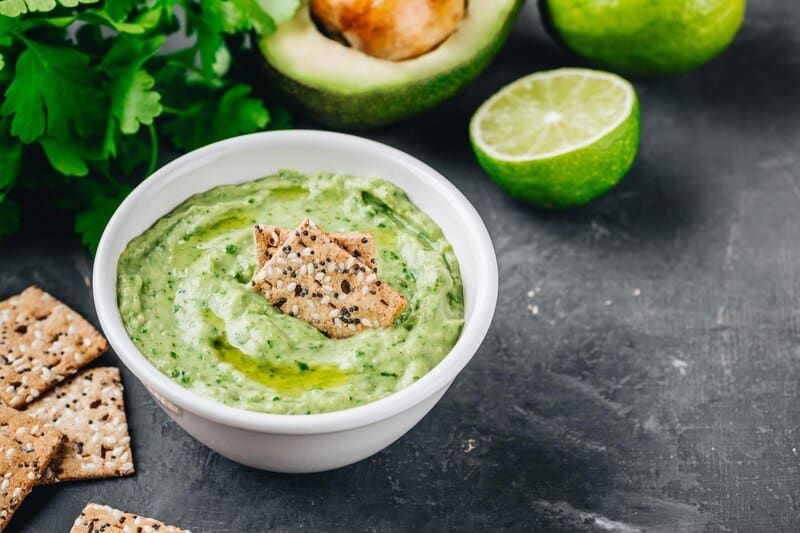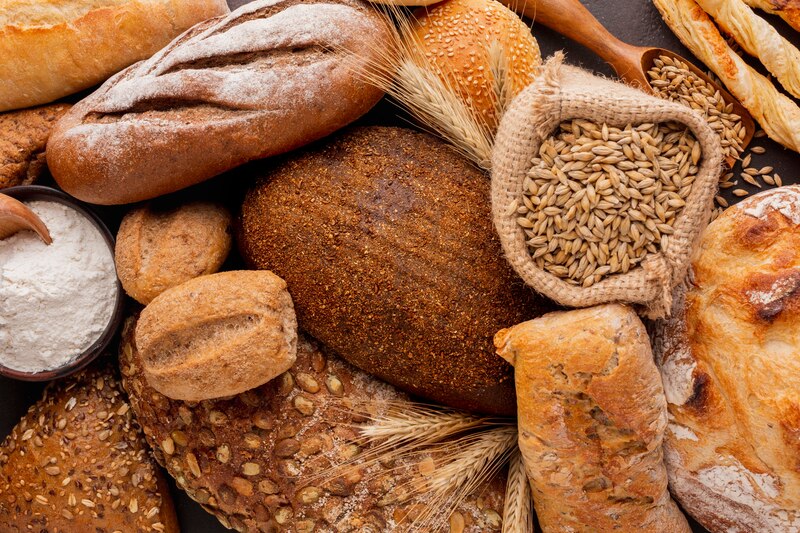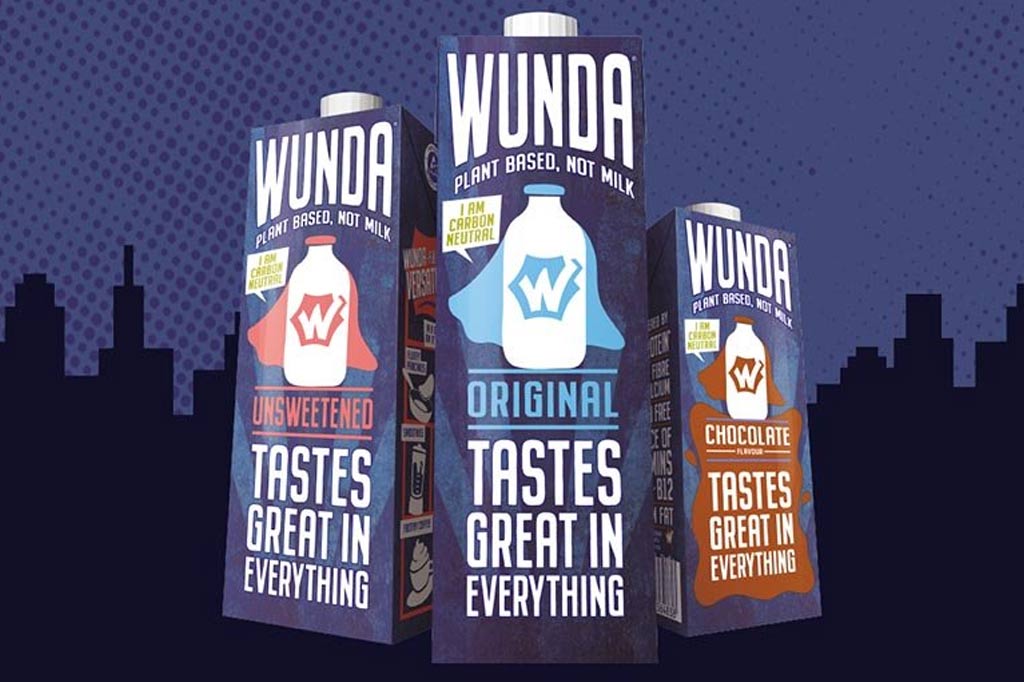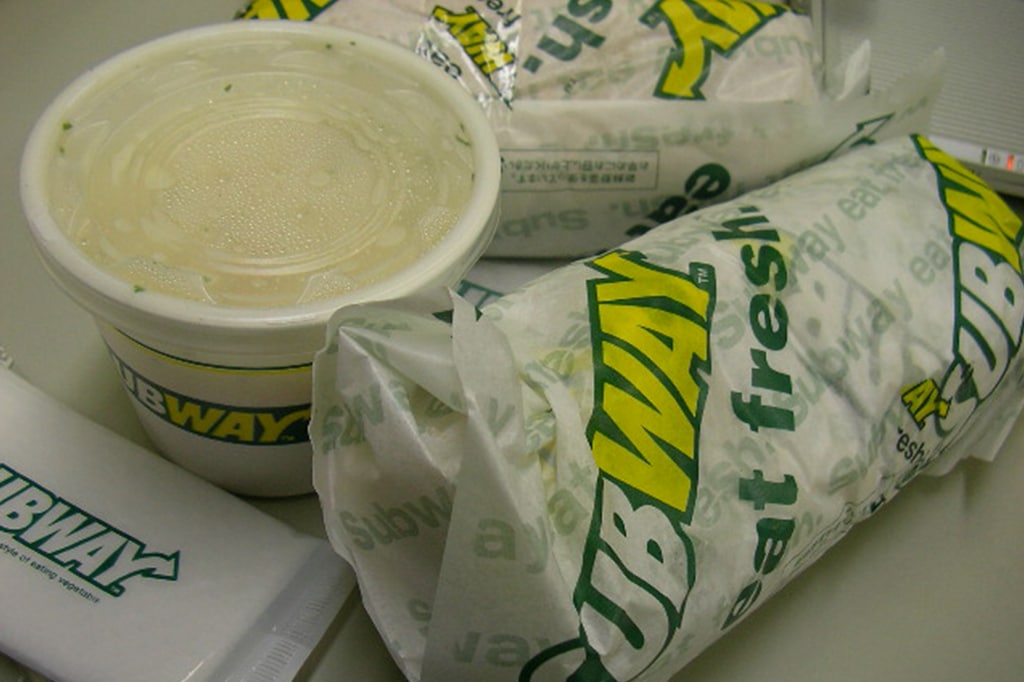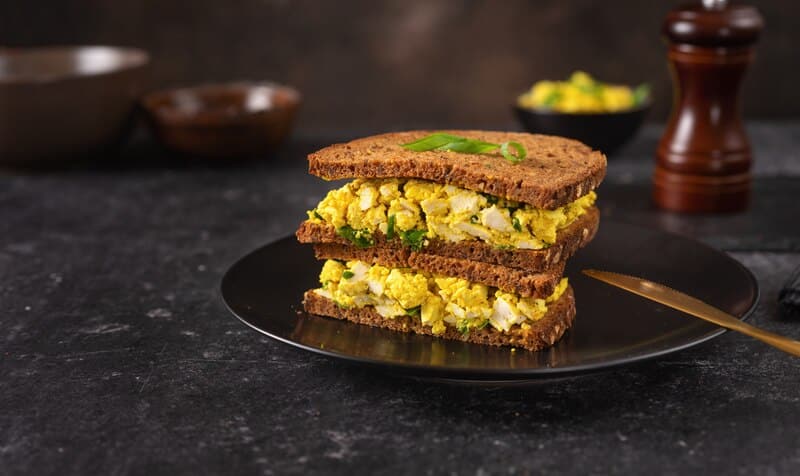It has taken generations for sommeliers, chefs, and diners to master the pairing of wine and cheese. Do the same principles apply when matching wine with vegan cheese if you’re lactose-intolerant or open to extending your culinary horizons? The answer is affirmative. If you understand the nuances of wine and cheese pairings, you can make exquisite plant-based cuisine.
First, let’s discuss cheese. Why does it complement wine so well? “The fat and creamy texture of cheese mute the wine’s acids and tannins, causing a chemical reaction and physical sensation on the palate. In the same way that a touch of milk or milk substitute softens a tannic, robust tea,” Francis Gonzalez, owner, and inventor of Vegan Wines explain VegansBays. For instance, cheese reduces the astringency of red wine and enhances its fruitiness.
When matching items vegan-style, you should use dairy-free versions of the cheeses you would normally serve with wine. Consider traditional wine and cheese combinations such as pinot noir and gruyère, champagne and brie, and cabernet sauvignon with aged cheddar.
“Before any taste combination or contrast, you should always ensure that the intensity of flavors in the cheese and wine are roughly equivalent,” advises Gonzalez. “Otherwise, the more delicate part will lose its nuance.”
Thankfully, there is a growing movement of vegan artisan cheesemakers who adhere to traditional techniques. Traditional cheesemaking requires two essential ingredients: milk and bacterial cultures. As traditional cheese ferments, its texture and flavor get drier and more strong, respectively. This occurs because bacterial cultures convert lactose into lactic acid while proteins are converted into amino acid molecules that impart flavor to aged cheese.
Instead of using dairy, vegan cheese makers ground nuts or seeds into a paste, mix it with bacteria, and age it. By mimicking the precise conditions that transform milk and bacteria into stinky cheese, they can transform plant-based materials into something that would trick the majority of people. Due to their high-fat content, cashews are the most popular nut for the job, preferred by firms such as Miyoko’s Creamery, Nuts for Cheese, and The Uncreamery.
Choosing a vegan wine
Unfortunately, not all wines are vegan. Good news is abundant, however. Some winemakers employ dried fish swim bladders (isinglass) to filter away particles. This procedure is known as “fining,” and it imparts a crisper flavor and clearer appearance to the wine without the use of animal byproducts. Increasing numbers of wineries are using animal-free fining techniques, including the use of ceramic filters and bentonite clay. Some individuals completely omit this clarification procedure.
When searching for wine, check the label for the word “vegan.” If there is no indication of how the wine was filtered, consult our guide to vegan-friendly wines or look up the company on Barnivore.com, a comprehensive directory of vegan beverages.
Tips for mixing vegan cheese and wine
The same guidelines apply when pairing your favorite wine with handmade vegan cheese as when pairing wine with dairy-based cheese.
In this guide, we refer to vegan cheeses such as mozzarella and camembert, but we may not always advocate a specific brand. Check out our guide to vegan cheese for a thorough listing of which brands produce which variations.
- Balance age and intensity
Similar to how aged cheese acquires a more robust flavor, the wine undergoes a change, becoming heavier and more robust. The color of reds becomes more earthy, while the color of whites becomes straw-like. Young wines are typically fruity, flowery, citrusy, herbaceous, and spicy, and they pair nicely with creamy plant-based cheeses.
Robust, tannic reds go well with aged, flavorful, dry vegan cheeses. Try pairing cabernet sauvignon with vegan brie or aged sharp cheddar. Alternatively, match chardonnay with vegan camembert or gruyère.
With vegan mozzarella or chevre, sparkling wines, dry rosés, light red wines, and crisp white wines will pair well. These are dairy-free alternatives to fresh cheeses, which are created from unripened curds. The flavor can range from mild to tart, and the consistency can be spreadable to crumbly.
Bokisch Andrus Island Albario 2020 and Culturally Sensitive Un-Brie-Lievable Cashew Chevre, Luca Di Tomasi Montefalco Sagrantino DOCG 2016, and Nuts for Cheese

- Salty and sour go together in hand
While mixing cheeses of comparable maturities are obvious, this paring is all about contrast. When presenting pungent, washed-rind, blue-veined vegan cheeses, such as gorgonzola and blue cheese, serve sweet wines. The wine’s sugars balance the stink, while the cheese keeps the wine’s sweetness from overwhelming the taste. Choose dessert wines, such as Moscato d’Asti or riesling, or sweet red wines, such as zinfandel or port.
Pairing: Michael Klouda Hatterle Zinfandel 2016 and Virgin Cheese Organic Artisan Bleu, Maker Wine Dry Dry Sparkling Riesling, and SriMu Imagine
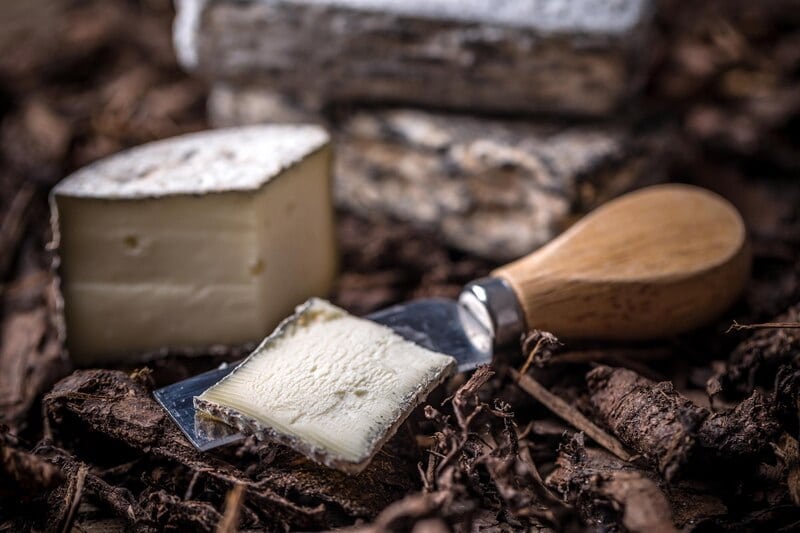
- Champagne adores soft cheese
With its effervescent bubbles that dance on the tongue, typically high acidity, and tastes that range from extremely dry (extra brut) to markedly sweet, sparkling wine is suited for all occasions (demi-sec). Although there are many types of sparkling wine, champagne, prosecco, and Cava are the three most popular, while sparkling rosé has gained more fans in recent years.
When the fat from a bite of a rich, creamy, or pungent vegan cheese such as brie, muenster, camembert, or mozzarella coats the lips, the bubbles provide a palate-cleansing effect. Hard, nutty, aged nut cheeses are also acceptable.
2019 Tarantas Sparkling White with Miyoko’s Creamery Organic Cashew Mozzarella, Surely Non-Alcoholic Sparkling Rosé with SriMu Elder-Brie.
- Pair vegan cheese with wine from the same region
What grows together stays together, so the saying goes. This piece of advice applies to both cooking and pairing wine with cheese. Summer vegetables such as zucchini, eggplant, tomatoes, and basil pair well together. Similarly, wine and cheese from the same region often pair well together.
Because the market for handmade vegan cheese is still expanding, don’t fret if you can’t find a plant-based Époisses de Bourgogne to pair with your Burgundy wine. An approximation is sufficient. Therefore, pair sauvignon blanc with vegan chevre or keep a bottle of prosecco on hand for a Caprese salad with cashew mozzarella.
Rescue Dog Wines Sauvignon Blanc and Spero Food Pairings The Goat, Tiamo Organic Prosecco, and Mozzarella from Catalyst Creamery
- When in doubt…
If you plan to serve a variety of vegan cheeses and want to simplify your wine selection, you can rarely go wrong with champagne or another sparkling wine. However, any sparkling wine, from dry to sweet, can complement a platter of vegan cheese.
“I would lean toward a mild cheese with herbal notes,” adds Gonzalez, “something that will interact differently with each wine you provide and accentuate specific aspects.”
On the other hand, you may have numerous wines but fewer cheeses on occasion. You will need a firm, cashew-based cheese that hits the ideal mix between fatty and dry. Here, cheese wheels from Miyoko’s Creamery or Treeline would sell well.
Additionally, you may like to serve your combination with crackers, seasonal fruit, almonds, and dark chocolate.
Cattier Brut Icône Champagne N.V. and Miyoko’s Classic Chive, Mujer Andina Levita Rosé Syrah, and Treeline Soft French-Style Cheese are the recommended pairings.

